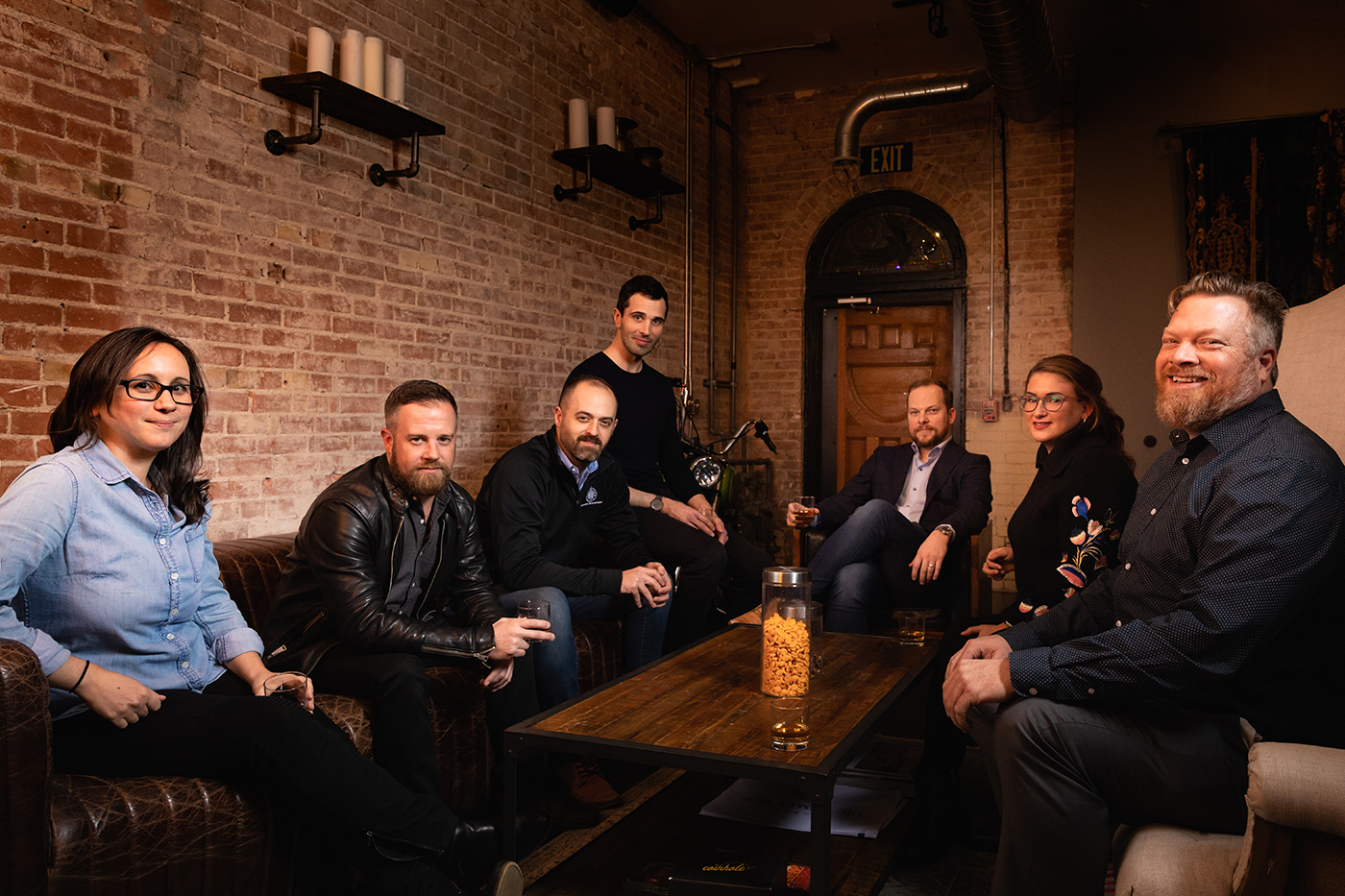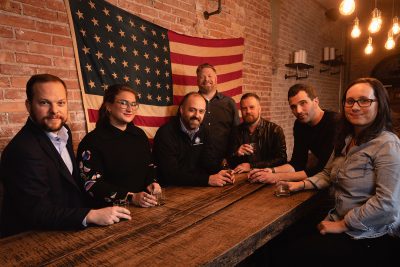
Keeping Salt Lake Unique: SLC’s Business Development Division
Shop Local
Whether you’re a born-and-bred local or a newcomer arriving on the scene, there is no denying the change that has happened in Salt Lake City within the last few years. While large companies, such as Amazon and UPS, have created jobs through nearby distribution centers, smaller businesses have flourished and multiplied throughout the city. For SLC’s Department of Economic Development, Business Development Division, attracting, retaining and enabling the success of businesses in SLC is the lifeblood of keeping SLC an amazing place to live.
The department was formed in 2016, and the Business Development Division was created to be an economic resource for businesses in the city. On the small-business side, the Business Development Division team might help with the loan process or securing the proper zoning permits. On the large-business side, the Business Development Division might help with bigger developments or corporate recruitment. “Overall, we think about it as customer service,” says Ben Kolendar, Acting Director of the Economic Development Department. “Imagine you’re a business here and you’re thinking of expanding or you have a general question. We’re doing our best to have the city serve those businesses, have them know where the resources are and see us as a resource to them.”
Jacob Maxwell, Workforce Development Manager, helps businesses recruit and retain employees within SLC. “Finding people was one of the biggest challenges ,” he says. “[We help] them figure out places they can partner with or products that are available to them that they might not be taking advantage of.” This is a core tenet for the Business Development Division.
Retaining and enabling the success of businesses in SLC is the lifeblood of keeping SLC an amazing place to live.
For Roberta Reichgelt, Local Business and Entrepreneurship Manager, attracting new businesses and helping existing businesses succeed are contingent upon one another. “In order to recruit the companies that we really want to recruit outside of SLC, we have to have a vibrant local-business scene,” she says. “It’s really important for us to build up the unique culture in SLC.” Reichgelt, along with Special Projects Coordinator Will Wright, will oftentimes go door to door in order to let local companies know about the resources available to them through the city as part of their outreach.

“Our day-to-day is going out and shaking hands with businesses, figuring out what their needs are, their challenges are and then help them by making introductions to the right people,” Reichgelt says. For example, the Business Development Division has built up a relationship with Black Feather Whiskey and chose to conduct the interview for this story at their private speakeasy, close to a site where they are planning to expand later this year.
Peter Makowski, Acting Director of the Business Development Division, asserts that the key word for the Business Development Division is balance. For him, the goal is to attract new businesses while also retaining SLC’s charm. As a lifetime local who has played in punk bands around SLC (Form of Rocket, Accidente, Swarmer), Makowski has bore witness to the changes that have taken place in neighborhoods such as Central Ninth and the Granary District, changes catalyzed by the work of the Department of Economic Development’s Redevelopment Agency (RDA).
“A lot of the work that we do is redeveloping neighborhoods and making them vibrant and cool again,” he says. “While we work really hard to attract jobs and investment into the city, we’re very focused on making sure that all the little things about the city don’t get lost as we grow. We feel like this place is unique and authentic. That’s definitely in the front of our minds in all of the work that we do.”
“It’s really important for us to build up the unique culture in SLC.”
Building rapport in the local-business community is the core of the Business Development Division. Since 2016, the team has seen a positive trajectory in the metrics and surveys that measure how businesses feel about SLC’s support for their business, something they plan on continuing under Mayor Erin Mendenhall. Kolendar points out that SLC is still a town where you can have an active nightlife while maintaining the feel that SLC residents love about the city. “I do believe we are making a difference,” he says. “The core of our existence really is how happy businesses are to be here and feel like the city is listening and collaborating.”
Ultimately, the Business Development Division wants to create a vision of SLC that balances a vibrant local scene with responsible economic growth. As one comprehensive unit, the Department of Economic Development—which includes the Arts Council, the RDA and Business Development Division—collaborate on how best to serve different neighborhoods throughout the city while enhancing everything that makes SLC unique. Moreover, “We’re always exploring new opportunities to help strengthen and enrich the local economy while also addressing small-business needs,” Makowski says. “Rising rent is one of those concerns. The Department has made it a priority to address this issue, and we will continue to work internally and with our partners to identify solutions.”
Adding to that, Marketing and Research Manager Andrew Wittenberg says, “We want to keep the culture, energy and vibe that SLC has, but we also want to capitalize on the interest and growth that we’re seeing. It is really just a cool time to be in the city. You have this very tangible feel of a budding system of entrepreneurship and business and culture all coming into a confluence.”
To find out more about the SLC Department of Economic Development’s Business Development Division and how they can help you or your local business, visit slc.gov/ed/business-development.
Editor’s note: Previously, this article erroneously stated that the Business Development Division catalyzed the development of Central Ninth and the Granary District. This has been updated to reflect that the Redevelopment Agency (RDA) catalyzed this development.
